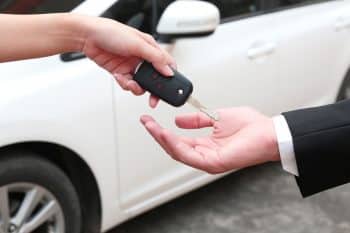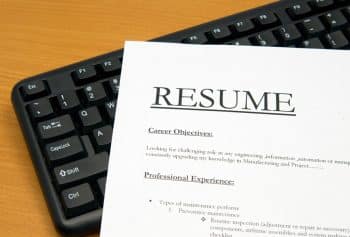Home » Employment News » The dire impact of extreme heat on outdoor US jobs
The dire impact of extreme heat on outdoor US jobs
https://www.whatjobs.com/news/employment-news/the-dire-impact-of-extreme-heat-on-outdoor-us-jobs

By Nagasunder in Employment News, posted August 18, 2021
Nearly 60% of outdoor employees, such as construction worker jobs, emergency responders, and farmworkers, could face at least one week of workdays in 2050 when high heat renders it unsafe for them to work. This is based on a scenario in which little to no action to reduce emissions is made. Currently, only about 10% of outdoor workers miss work due to harsh weather.
“If we don’t reduce our heat-trapping emissions, millions of outdoor workers are going to be increasingly exposed to dangerous levels of heat between now and the middle of the century,” said Kristina Dahl, co-author of a new report published today by the Union of Concerned Scientists.
Surprisingly, nearly one out of every five outside workers would endure at least a month of these oppressive temperatures. Approximately a fifth of American workers, or 32 million individuals, work in outdoor vocations that require them to spend a significant portion of their day outside.
Outdoor workers in the United States have a 35-fold higher chance of dying from heatstroke than the general public. When the heat index – which factors for heat and humidity – hits 100F (38C) to 108F, the Centers for Disease Control and Prevention (CDC) advises employers to shorten work hours (42C). There are currently no federal heat-safety standards that protect outdoor workers during extreme heat, and only two states, California and Washington, have permanent heat standards for outdoor workers’ safety.
Staying home on hot days would ultimately cost an average outdoor worker about $1,700 each year – amounting to $55bn annually for all outdoor workers.
Construction and extraction workers in industries such as mining, who stand to lose $14.4 billion in yearly earnings, will be the hardest hit, followed by installation, maintenance, and repair workers, who stand to lose $10.8 billion.
The number of days when working outside is nearly impossible will be highest in the southern states. Workers in Louisiana, for example, have already lost $1,000 in pay due to days when it is too hot to work. Due to 34 days of lost work time every year, that some may rise to approximately $5,000.
Extreme heat will disproportionately affect people of color. People who identify as African American, Black, Hispanic, or Latino are overrepresented in outdoor work, accounting for over 40% of the outdoor workforce although making up only 32% of the US population. “We have groups of people who are already experiencing systemic racism in the US and extreme heat has the potential to really exacerbate the existing inequities that they’re facing in society,” Dahl said.
Furthermore, African-Americans and Latinos are more likely to dwell in the hard-hit southern regions. While some businesses, such as construction firms, are shifting their work hours earlier in the day, there are drawbacks.
“Shifting work to nighttime hours has been associated with higher levels of mental and physical health problems,” Dahl said. Yet not everyone will be able to alter their working hours. “Emergency medical services can’t just shift to cooler hours of the day,” Dahl said. “If you’re a parent and you have children who need to get to school at 8.30 and your shift starts at 6 rather than 8 as it did before, it becomes a lot harder to get to work and get your kids to school.”
Earlier this year, Democrats filed legislation that would require the Occupational Safety and Health Administration to mandate businesses to provide appropriate water, shade, and rest breaks for outdoor employees who are often exposed to heat — comparable to worker protections in California. The bill is named after Asunción Valdivia, a California farmworker who died from heatstroke in 2004 after picking grapes for 10 hours straight in 105F temperatures.
Source: The Guardian










